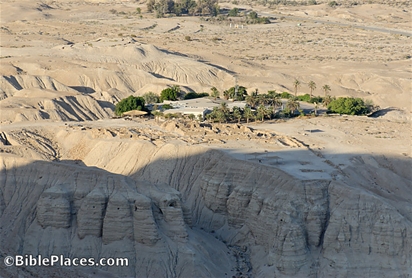I count myself a member of the Google Earth fan club. The latest update to the software gives you the ability to overlay historic maps over the globe. Of interest to biblical studies is the “Middle East 1961” map, which is a combination of two maps from Keith Johnston. This map itself is interesting, but maybe no more than that because the detail is so limited. The map covers a large swath from Turkey to Afghanistan. A more detailed map like the Survey of Western Palestine would be more useful.
To view this map, or others such as Lewis and Clark 1814, Asia 1710, or Buenos Aires 1892, you must first install the most recent version of Google Earth. Then in the “Layers” section, under “Featured Content,” choose the Rumsey Historical Maps section.
For more on this development, see the ZDNet blog or the comments by the map owner, David Rumsey, on the Official Google Blog.
